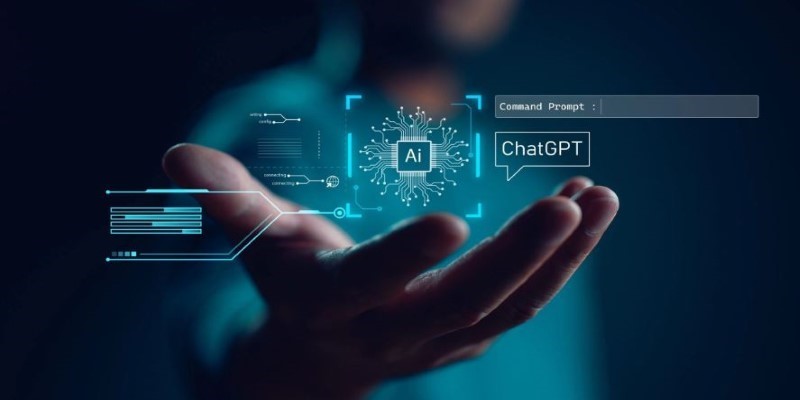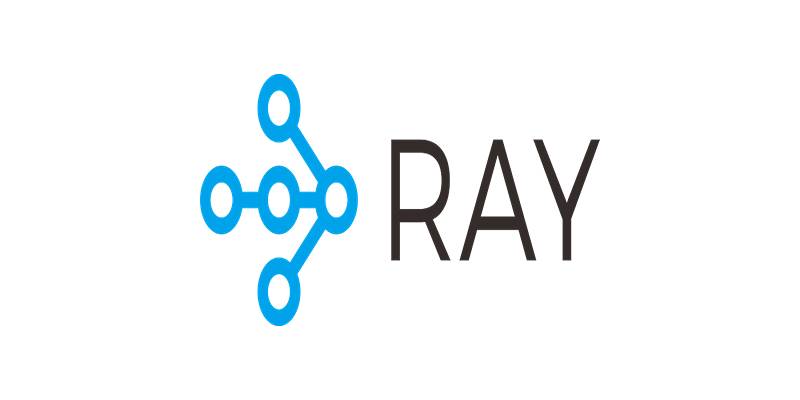Black Friday used to mean camping outside stores and battling crowds before sunrise. But now, the action has moved online—and with it comes a new kind of helper: AI. Not the sci-fi kind, but real, behind-the-scenes artificial intelligence that quietly helps you shop smarter. It compares prices, predicts drops, and filters out the noise, saving time and money.
The savviest shoppers this year aren’t just fast—they’re tech-savvy. Whether you're after gadgets, gifts, or just a good deal, AI can make this your smoothest Black Friday yet. In this article, we’ll show how to use AI tools to win big without the chaos.
Where Does AI Show Up in Your Black Friday Journey?
Artificial intelligence isn’t just sitting in research labs or powering chatbots. It’s quietly working behind the apps, platforms, and services you use during big shopping events like Black Friday. One of the most obvious examples is dynamic pricing. Retailers use AI algorithms to adjust prices based on demand, competitor activity, browsing behavior, and more. The good news? You can use AI in the same way to beat those systems.
Price tracking apps are among the most powerful tools in your Black Friday arsenal. These apps often come equipped with AI engines that monitor pricing trends and send real-time alerts when an item you've been eyeing drops in price. Unlike manual monitoring, these tools work around the clock and can catch a deal the second it goes live—before it disappears.
Smart shopping assistants, another AI-driven tool, do more than help you compare products. They also analyze customer reviews using natural language processing to give you summaries of what real people are saying. You no longer have to scroll through hundreds of reviews to decide if something is worth the purchase. AI will break it down for you—highlighting what’s great and what’s not, based on actual user sentiment.
There’s also AI behind recommendation engines. While some of them are designed to upsell, the more advanced ones learn from your habits and preferences to suggest products that actually align with what you want—saving time and minimizing regretted purchases. If you use platforms like Amazon, Best Buy, or Walmart, you've already encountered this kind of AI, whether you realize it or not.
Then there’s fraud protection. As online shopping ramps up, so does the risk of scams. AI helps detect unusual transactions, fake deals, or sketchy sellers. It flags activities that don’t fit your usual patterns and blocks them before you lose money. That kind of protection is hard to beat.
Making AI Work For You, Not At You
Here’s the thing—just having access to AI tools doesn’t mean you’re using them effectively. Like any strategy, the power lies in how you apply it. You’ve probably heard of browser extensions like Honey or Capital One Shopping. They use AI to scan the web for coupon codes, apply them at checkout, and even track past prices. These aren’t gimmicks—they’re real time-savers.

But to win big on Black Friday, you have to go deeper. Timing is everything. AI can predict when certain categories—say, TVs or tablets—usually hit their lowest prices. Combine that with a wishlist, and you'll have a powerful setup. You're not just reacting to deals—you're planning for them with algorithmic backup.
Another way AI helps is by analyzing your purchase history or browsing patterns to make predictions. If you tend to shop for tech gadgets around this time every year, platforms may serve you deals earlier than others. AI drives this kind of personalization and can give you an edge, especially when items sell out quickly.
Even logistics get a boost. AI helps estimate shipping times and availability, which is crucial if you’re trying to guarantee delivery before the holidays. And if you're navigating a store’s mobile app on Black Friday, chances are you're benefiting from AI-optimized UI flows—built to guide you quickly to what you're most likely to want, with minimal effort.
Want to level up? Use AI writing assistants to draft emails to customer support or return policies more efficiently. Use image recognition tools to search for products by photo instead of clunky keywords. You can also lean on voice-enabled AI like Alexa or Google Assistant to set alerts, check for restocks or build your wishlist. It’s not just about saving money—it’s about saving time, energy, and decision fatigue.
What the Future of AI-Powered Shopping Looks Like
If this Black Friday feels more efficient than before, it’s no coincidence. Retailers are doubling down on artificial intelligence—not just to drive profits but to improve your shopping experience. At the same time, consumers are becoming more aware of how AI operates behind the scenes. Understanding these systems puts you in control, letting you benefit from their strengths or sidestep their nudges when needed.

In the coming years, AI in retail will become smarter and more personal. Think AI that scans your wardrobe and suggests what's missing or builds a grocery list based on your health goals—then matches it to nearby discounts. These aren't far-off ideas; they're already being tested in real applications.
Transparency is also on the rise. Some platforms now explain why you’re seeing certain deals, giving you a glimpse into the AI’s reasoning. This kind of clarity could become the norm, making AI feel less like a guessing game and more like a helpful companion.
Still, AI isn’t flawless. It can guide your shopping, but it won’t make your decisions. The final call—what to buy, when to stop, and what matters most—is yours. A smart shopper still needs human sense. AI is a tool. Your wisdom is all you.
Conclusion
Black Friday doesn’t have to be overwhelming. With the right AI tools, you can skip the guesswork and shop with precision. From tracking prices to analyzing reviews, artificial intelligence helps you stay ahead without stress. But even with smart tech on your side, knowing your budget and needs still matters. Let AI handle the heavy lifting while you focus on making choices that count. This year, shop sharper, spend wiser, and let AI power your biggest Black Friday wins.











